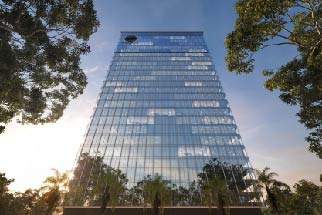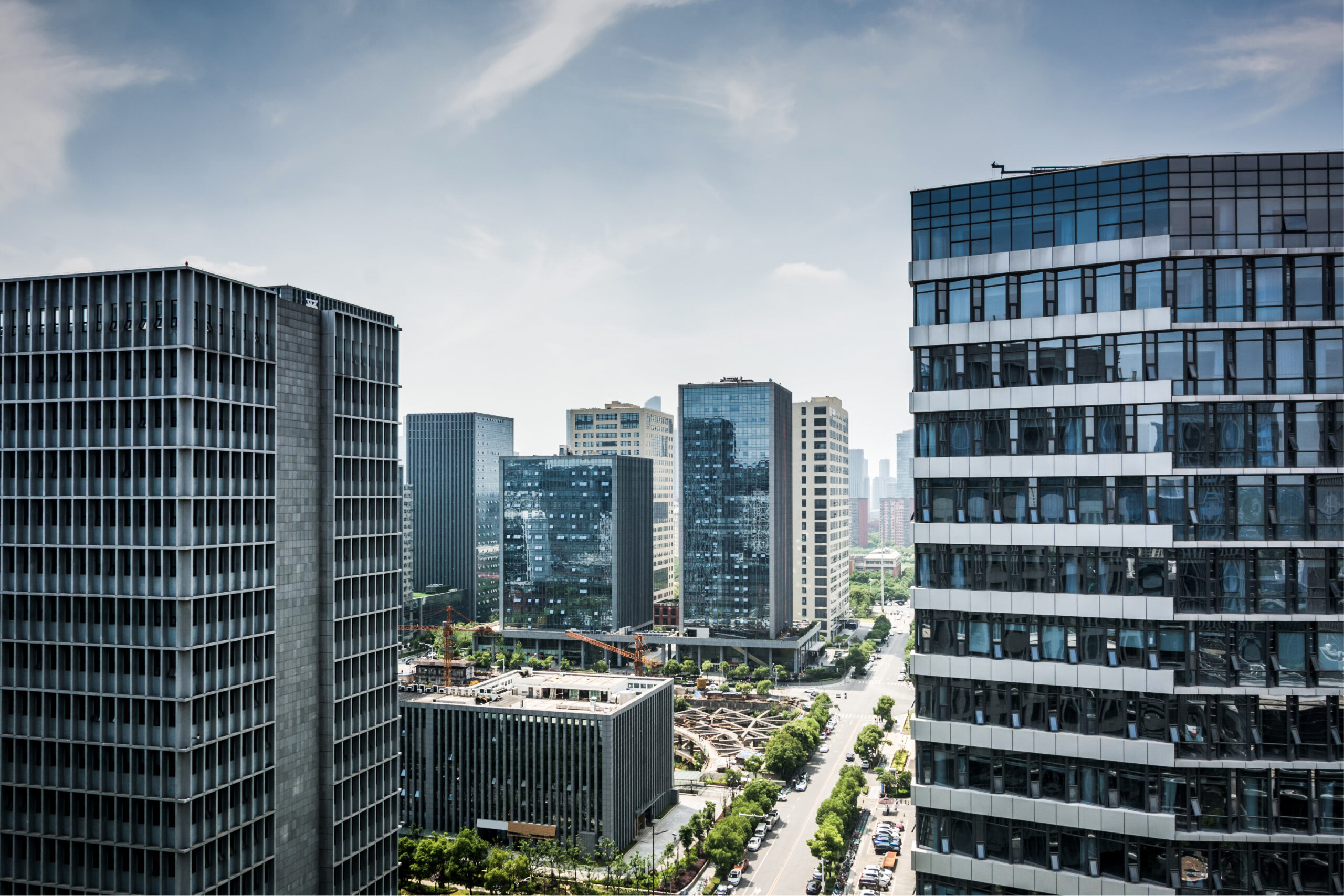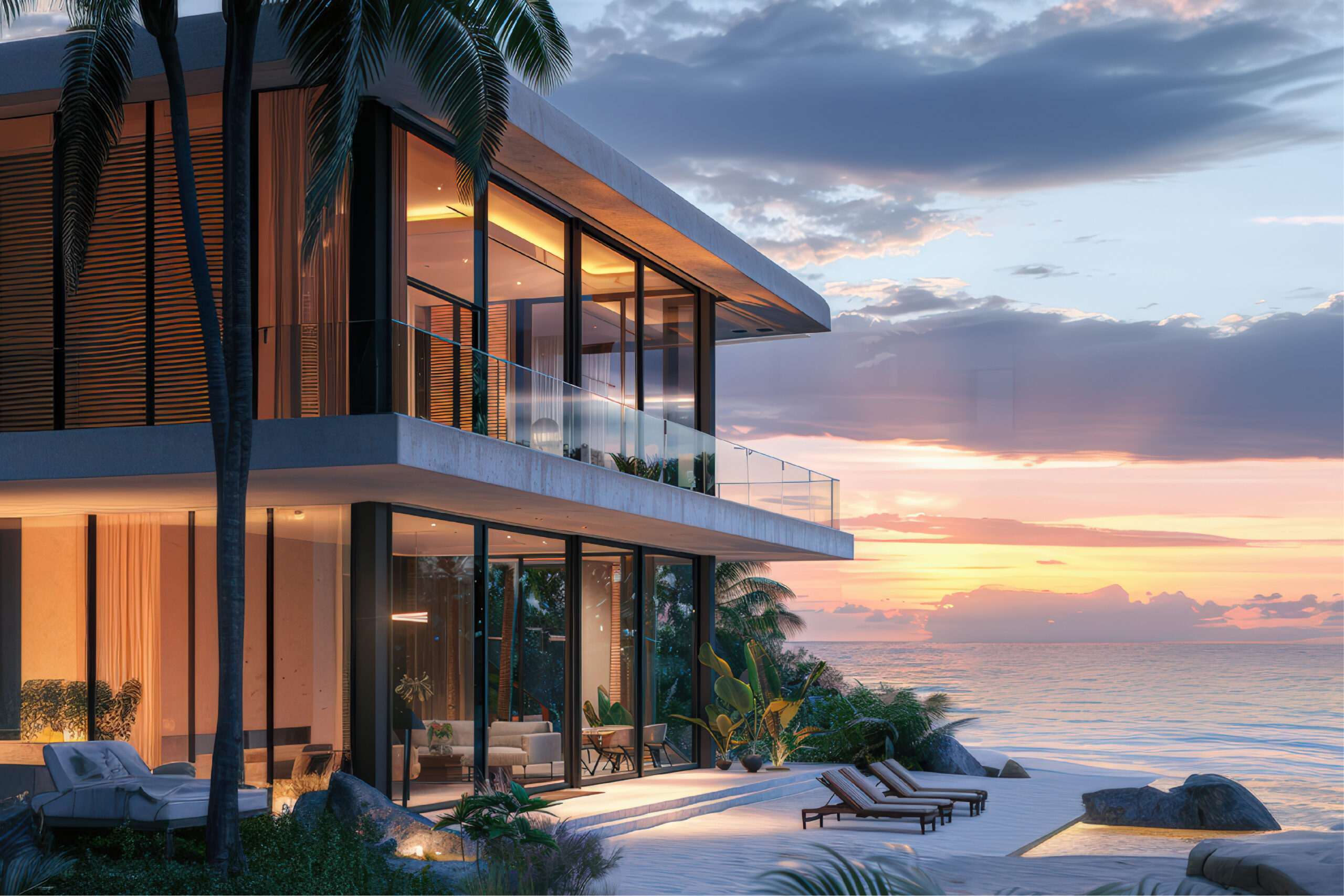
In India, the concept of generational wealth has deep roots, traditionally built through assets like gold or inherited businesses. Real estate, often called a “brick-and-mortar bank,” isn’t just about owning a piece of land but creating a legacy. As family wealth continues to hold strong cultural significance, generational wealth through real estate offers Indian families a unique, resilient pathway for building assets that can be passed down across generations. Unlike more volatile investments, real estate brings stability, potential for appreciation, and tax advantages, making it a compelling choice for long-term wealth creation.
In this blog, let’s decode how generational wealth through real estate becomes a multi-generational asset and why it’s so effective for building lasting family wealth in India.
Why Real Estate?
The answer is simple: real estate combines stability, value appreciation, and tangible security; qualities that are important and mandatory for long-term investments.
In India, the demand for property has consistently risen, fueled by rapid urbanization and a young, growing population. According to Forbes, real estate is “easily transferable through inheritance,” which is crucial for those looking to leave behind a stable, valuable asset. Real estate assets also tend to appreciate over time, offering both rental income and significant resale value.
Moreover, property ownership confers control. Owners can decide how to leverage their assets by either renting them out for steady cash flow, developing them, or selling them when the market peaks. The tangible security real estate offers is especially reassuring in emerging economies like India, where market volatility and currency fluctuations can impact other forms of wealth.
In fact, a study by Lumicre shows that real estate appreciates at an average of 5% annually, a rate that can compound to create substantial value over the decades. For families, this translates to an asset that can serve both as a safety net and a growth engine, a powerful combination that few investments can match.
Pune: A Case Study in Generational Wealth
Pune exemplifies India’s real estate potential for generational wealth. Once a quieter cousin to Mumbai, Pune has transformed into a bustling hub for IT, education, and manufacturing. The city’s rise has been a boon for early investors, whose properties have appreciated significantly over the last decade. Over the last ten years, property values in Pune have surged which is an impressive gain that has rewarded early investors handsomely.
Consider Magarpatta City, a unique, farmer-led real estate development that has transformed a community’s financial landscape. When a group of farmers pooled their lands to create this integrated township, they not only secured their financial future but also showcased how property development can create lasting wealth.
Today, Magarpatta is one of Pune’s most desirable areas, with thriving businesses and high-quality residential options. Magarpatta City’s development by a collective of farmers stands as an inspiring model, showcasing how land investments, when strategically developed, can multiply wealth across generations.
The Multi-Generational Advantage of Real Estate
Real estate isn’t just about growth, it’s about security, too. The Indian market is uniquely suited for multi-generational wealth, with property values bolstered by rising housing demand driven by urban migration and suburban expansion. Property ownership offers a level of control and flexibility that stocks and bonds can’t match, making it ideal for families looking to create lasting value. A rental property, for example, provides steady cash flow, which can support family needs, fund education, or enable further investments.
India’s demographic dividend which covers a young, growing population, continues to sustain demand for residential and commercial properties, helping real estate values remain stable and potentially appreciating over time. Rental income also serves as a hedge against inflation and market fluctuations, offering dependable returns.
In India, cities like Pune have become rental hotspots due to high demand from students, IT professionals, and expatriates. Leveraging rental income allows property owners to reap regular returns, which can be reinvested or saved, thereby expanding wealth across generations.
Tax Benefits and Wealth Protection
In India, real estate investment also provides several tax benefits that contribute to wealth preservation. For example:
Interest deductions on home loans allow families to lower their taxable income.
Capital gains exemptions on long-term property sales and deductions on rental income further enhance the net returns
These tax incentives not only boost income but also allow for asset growth without excessive tax erosion, making real estate a smart, strategic choice for Indian families focused on generational wealth.
Barriers and Solutions in Real Estate Investment
No investment is without its challenges. Real estate requires high initial capital, carries market risks, and involves property management responsibilities. However, accessible financing options like low-interest home loans and the emergence of Real Estate Investment Trusts (REITs) have made it easier for families to overcome these barriers
REITs, in particular, allow investors to enter the real estate market with smaller capital requirements and without the complexities of managing properties. This is especially useful for families who want to diversify their assets and access high-value real estate markets like those in Pune or Mumbai without direct property ownership.
The Future of Generational Wealth in Indian Real Estate
India’s economic and urban landscapes are expanding rapidly, making real estate a promising asset for generational wealth. For those who invest strategically, cities like Pune offer not only appreciation potential but a chance to build a lasting legacy. Whether through direct ownership or REITs, property investment can become the cornerstone of a family’s financial future, creating an asset that grows with each generation and sustains its value over time.
If you’re looking to start your journey in building generational wealth, SQUAREA is here to help you invest in the right properties and secure your family’s financial future for generations




